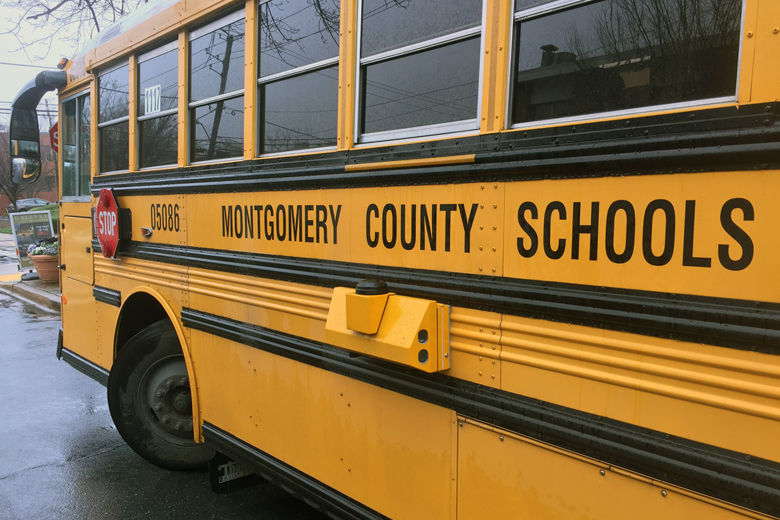

No one who has paid attention could be surprised by the recent report that Montgomery County has failed to narrow test score gaps.
Karin Chenoweth is a longtime education writer and the parent of two graduates of Montgomery County’s Albert Einstein High School. From 1999 to 2004, she wrote the Homeroom column for The Post. She is author of “Schools That Succeed: How Educators Marshal the Power of Systems for Improvement.”
The county has spent a lot more time posturing as a national education leader than actually doing things that would make it an education leader, and a lot more time soothing public opinion than improving instruction and ensuring equity.
Part of the reason is complacency. Like many wealthy districts, Montgomery County Public Schools can rely on a large base of parents who pay close attention to whether their children learn to read and do math and who get outside help when their children falter. The wealthier areas of the county are crowded with commercial and private tutors. This makes it difficult to gauge the quality of the instruction in Montgomery County schools. Read More
Overall, roughly half of the county’s students meet state reading standards, but there are huge differences among student groups. Roughly 70 percent of white and Asian third-grade students meet state reading standards; only about 40 percent of African American third-graders meet them, and less than 30 percent of Hispanic third-graders do. Only 27 percent of third-graders who receive federal meal assistance meet standards. Similar gaps continue through the grades.
Superintendent Jack R. Smith rather courageously brought in Johns Hopkins University and Student Achievement Partners to do an audit of the county’s curriculum. The resulting report in spring 2018 explained why so many Montgomery County students are unable to meet reading standards. Among other things, it found that the county had “no systematic support for the development of foundational skills” in reading.
Decades of research have found that most children need systematic instruction in the 44 sounds of the English language and how to map those sounds onto the 26 letters of the alphabet automatically and fluently, but Montgomery County as a district has refused to incorporate this knowledge into its reading instruction.AD
In the words of the report, Montgomery County’s curriculum does “not include the necessary components to adequately address foundational skills.”
If you’re not immersed in these issues, you might not recognize just how scathing this language is. Montgomery County fails to do what just about all cognitive scientists and most reading researchers agree is critical to ensuring that children learn to read.
In addition, the report said that MCPS provided little to no support for students to build the vocabulary and background knowledge necessary for students to read well as they proceed through the grades. That doesn’t mean that teachers aren’t doing their best with what they have. But for decades the county has failed to provide a coherent, research-based curriculum that would mean that teachers don’t have to spend endless evening and weekend hours writing and finding materials. “Teachers should not be expected to be the composers of the music as well as the conductors of the orchestra,” the report said, quoting an educator.AD
In the wake of that report, Montgomery County adopted new curriculums for elementary and middle school that may help children to build vocabulary and background knowledge through the elementary and middle school years.
But if students don’t learn how to get words off the page efficiently and smoothly, huge numbers of children will continue to struggle academically. And there is little evidence that Montgomery County is providing teachers with either the knowledge or the materials to help them teach their students to read. Nor is the county ensuring that principals understand how to support teachers as they learn to improve reading instruction.
These are long-standing problems (I wrote about them in The Post 20 years ago) and, to be fair, they are not peculiar to Montgomery County. American Public Media’s Emily Hanford has documented the failure of many schools and districts to teach reading in the ways that we know work.AD
Reading and writing are enormously complex activities. Teaching children how to do them requires a great deal of knowledge on the part of teachers and principals. But just about all children, no matter their background, can learn to read. The fact that Montgomery County, with all its resources, fails to do what we know works is — frankly — embarrassing.
In the past 15 years, I have studied high-performing and rapidly improving schools and districts across the country that serve children of color and children from low-income backgrounds. Most have much less money than Montgomery County schools. When people ask me what their secret is, I always answer the same way: “They teach the kids.”
It is long past time that Montgomery County teach the kids.
Read more;
The Post’s View: Montgomery schools’ ‘not-so-perfect process’ needs transparencyAD
The Pot’s View: Montgomery County has made little progress on its achievement gap
Jack R. Smith: The growing achievement gap in Montgomery County schools must be addressed